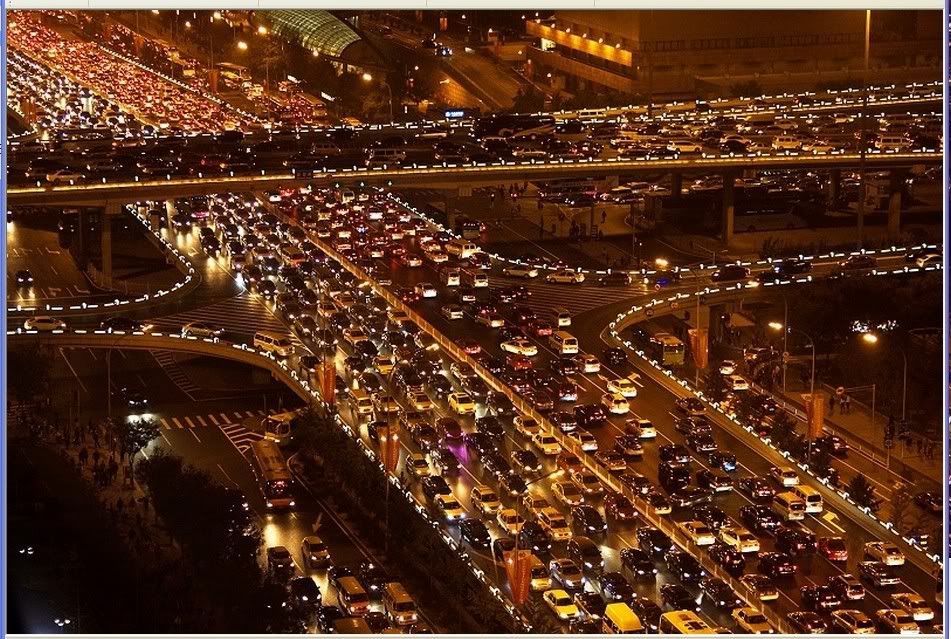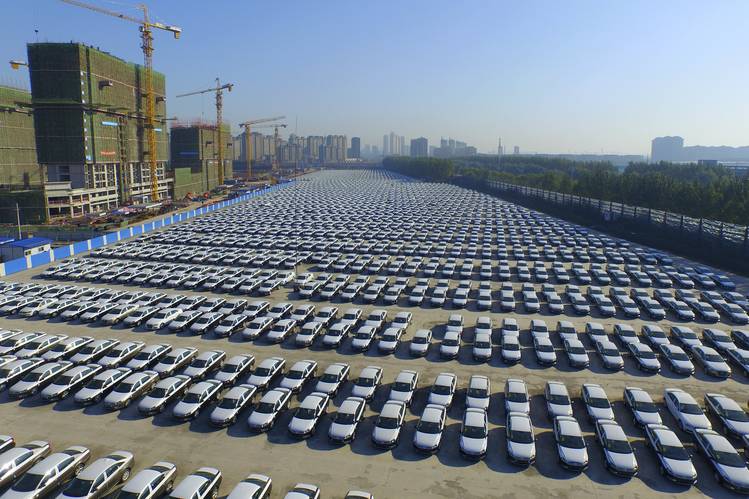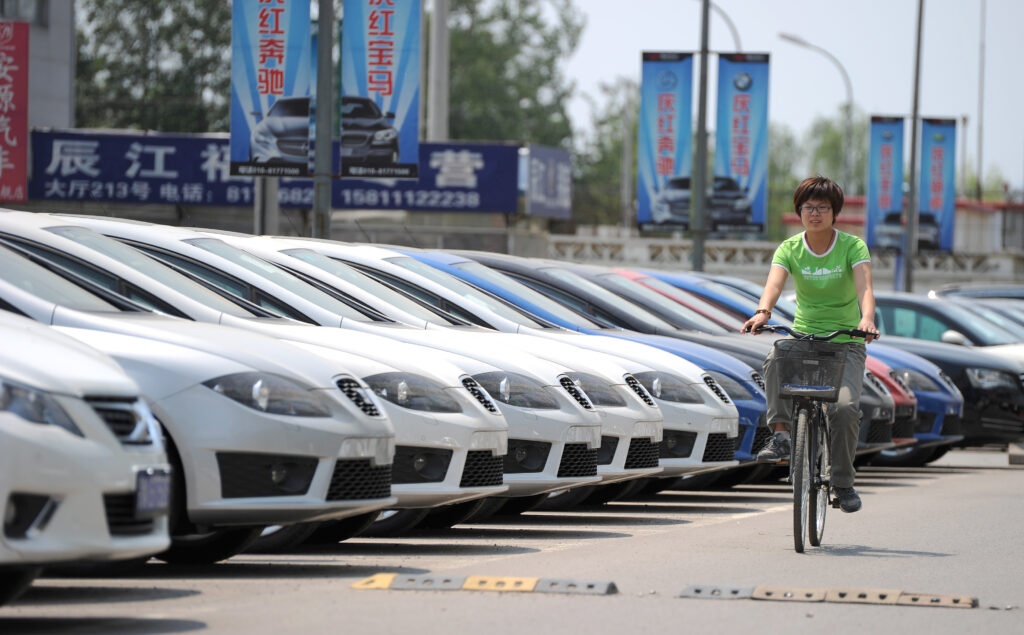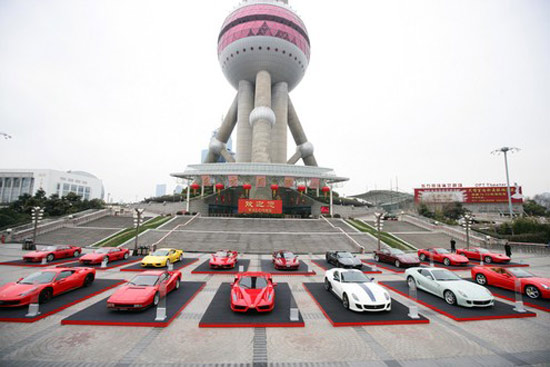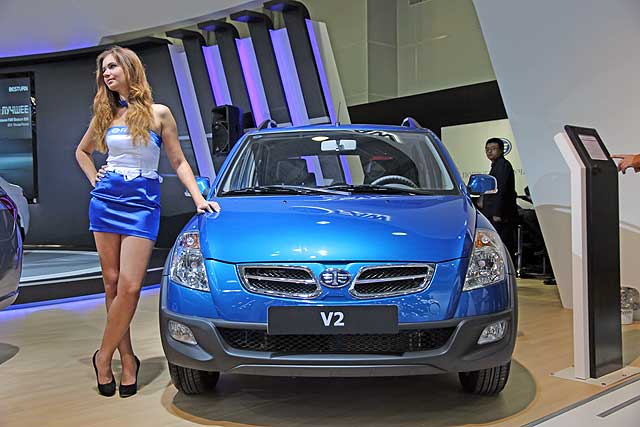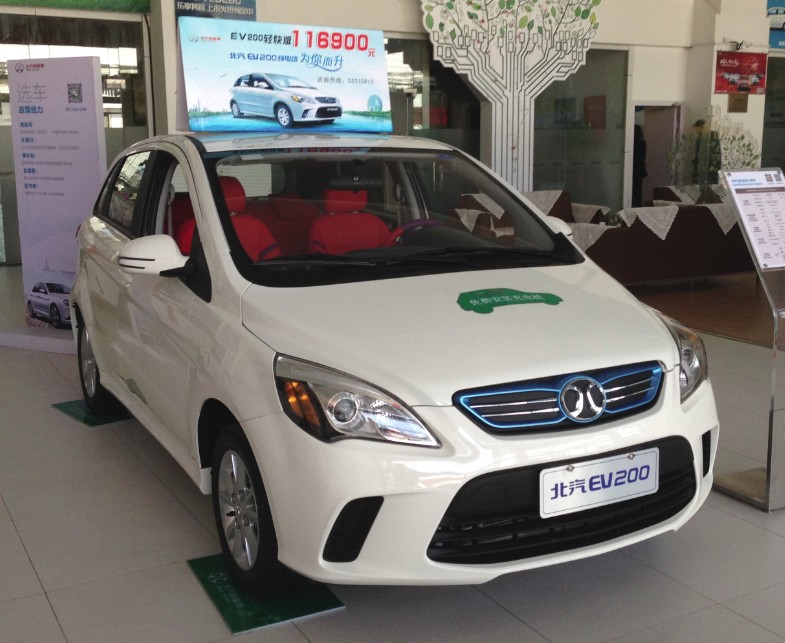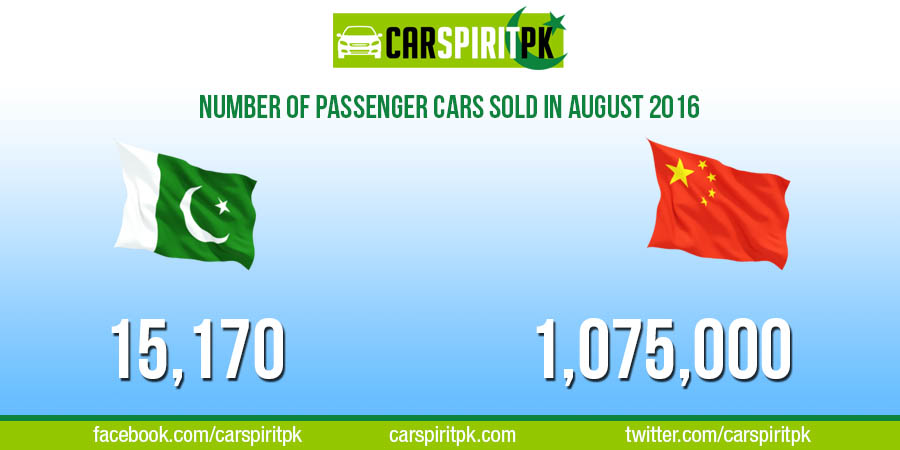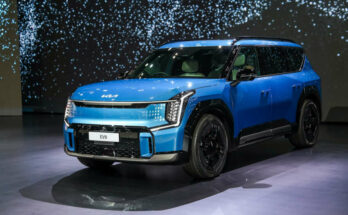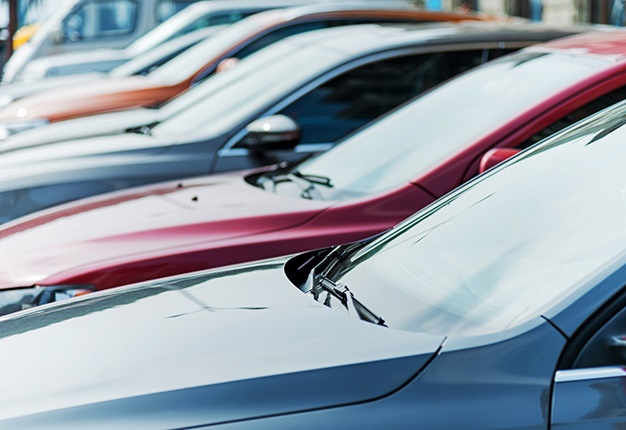The Chinese car market is truly massive. But what does “massive” really mean? It means the Biggest, the Most Brands and Models, the Most Expensive, the Cheapest, as well as the most number of Fully Electrified ones. Here are 5 stunning facts about the Chinese car market you should know:
1. The Biggest Car Market in the World.
The Chinese car market is the biggest passenger car market in the world. It became so in 2009, and has remained the largest ever since. In 2015, automakers sold 21.1 million passenger cars in China, up 7.3% from 2014. That number is less stellar than before, 10% in 2014 and 16% in 2013, but the growth alone (1.1 million) is almost as big as the entire Australian car market (1.15 million).
Growth is accelerating again with an additional 7.8% in March, and new tax breaks for cars with small capacity engines will likely keep sales going up. The entire year’s growth of passenger car sales is forecast to reach 8%, which would size the market at 22.8 million sales, making China the largest market again, by a wide margin.
2. The Most Brands and Models.
Chinese car buyers can choose between more brands and more cars than any other car buyer in any other country. The number of brands is staggering. There are more than 135 (one-hundred & thirty five) passenger car brands available in China. And the number is on the rise as new brands keep on emerging ever so often.
There are three kinds of brands in China: the foreign brands, like Audi, the local Chinese brands, like Geely, and the sub-brands under foreign-Chinese car making joint ventures, like Venucia. Furthermore, local Chinese brands usually sell cars under various brands, these brands are included in the list only if they have their own logo, marketing, and sales channels. Excluded from the list are commercial-vehicle makers (buses, vans, light trucks, etc), but pickup truck manufacturers are included.
Related: 13.28 Million Vehicles Registered In China This Year
The number of available cars is so large it is hard to believe. As of May 2016, there are 952 (nine-hundred fifty-two) different cars available on the Chinese market. This number includes imported and locally-made cars. The number excludes body-style variants; so the Volkswagen Polo is counted once, and not twice for sedan and hatchback.
The foreign brand with the most offerings is Volkswagen with 28 Volkswagen-branded cars. If you add in the body-style variants the number goes up to 40. Out of the 28 names, 15 are manufactured at Volkswagen’s two local joint ventures, and 13 are imported from abroad. Of the 15 cars that are made locally, seven cars are developed specifically for the Chinese market and not available anywhere else.
The local brand with the most offerings is Dongfeng Motors, selling a massive 36 Dongfeng-branded vehicles, including mini-MPV’s.
The Most Expensive Cars in the World.
Wealthy Chinese car buyers pay far much more for their exclusive ride than their fellow high-rollers elsewhere in the world. In the United States, a Mercedes-Maybach S600 costs $190,275. In China the very same car goes for 2.88 million yuan, or $440,000, more than double the U.S. price. One more example: the Ferrari 512 Berlinetta costs $323,745 in the U.S., and 5.3 million yuan in China – that is $810,000, just over 2.5 times more.
Related: The Hongqi L5- China’s Most Expensive Car
The enormous difference is caused mainly by two reasons: high taxes and healthy entrepreneurship. China slaps heavy taxes on cars with an engine capacity of four liters and above, which is the sort of engine most exclusive cars have under the hood. The S600 has a 6.0 liter V12 and the F12 Berlinetta is a 6.3 liter V12. Taxes can be as much as 60% of the new price of a vehicle, and on top of that comes a 10% purchase tax.
The Cheapest Cars in the World.
Less wealthy Chinese car buyers pay much less for an affordable car than buyers in other countries, because the market also has the cheapest cars in the world, in almost every category. This end of the market is the exclusive domain of the local Chinese automakers.
The cheapest car as of May 2016 is the Jiangnan TT, a licensed variant of the second generation Suzuki Alto. The TT is manufactured by Jiangnan Auto, a subsidiary of Zotye. The TT seats four and is powered by a 36hp 0.8 liter three-cylinder engine. Price starts at only 20,800 yuan or $3177.
Related: Chinese Interested To Invest In Automobile Sector Of Pakistan
And so it goes on. Cheapest seven-seat minivan, the Gonow Xinlang for 45,800 yuan (PKR 7.09 lac). The cheapest small sedan, the BYD F3 for just 43,900 yuan (PKR 6.7 lac). The cheapest compact sedan, the Lifan 820 for 76,800 yuan (PKR 11.8 lac). Let’s end these examples with the cheapest compact pickup truck, the Beijing Auto Works Zongshu for 51,700 yuan (PKR 8.0 lac).
Prices can be so low because automakers often use old platforms and technologies, which lowers the manufacturing cost. Add to that, low labor costs, low development costs and often generous subsidies of the local governments in the locations where the automakers are based, and you end up with a very low-cost and a very low-priced car. Although the profit margins are thin, but most automakers sell just enough to stay around.
The Future is Electric
The Chinese car market is so large that there are many segments that will see more growth than others. Certain future best sellers are mini MPVs, compact SUVs, and premium SUVs.
But the biggest growth will come from new-energy vehicles (NEVs), the hottest market segment now and in the future. NEVs include electric cars and plug-in hybrids, holding 60% and 40% of the NEV market respectively. In 2015 sales of new-energy vehicles stood at 188,700 units, only 0.9% of the total market but representing a growth of 223% compared to 2015.
The main reason behind the ballooning sales is the Chinese government, fanatically promoting NEVs in a bid to reduce air pollution and to modernize the local auto industry. Subsidies for new-energy cars are as high as 90,000 yuan (PKR 13.9 lac), making NEVs attractive for a large audience that attracts more automakers which in turn attracts more buyers.
Local governments add more incentives, like free license plates and free parking. And China is finally getting serious about adding more public chargers for electric cars. Although problems remain inside housing complexes, public spaces see a fast addition of brand new chargers, operated by the State Grid, China’s state owned electricity company.
The beneficiaries are mainly the local Chinese automakers, which are adding many new electrics and plug-in hybrids to their lineups. On Beijing Auto Show earlier this year, they showed more than 140 NEVs. Foreign automakers are hindered by regulations that force them to develop EVs with a Chinese partner, but they were also plain late to the party, playing wait-and-see while the locals started to make cars, and they can make them very inexpensively; the cheapest full-electric in China is the Zotye Yun 100, priced at just 63,600 yuan (PKR 9.8 lac) after subsidies.
Comparison with Pakistan
In order to realize how massive the Chinese car market is, let’s compare some figures related to our automobile market. In the month of August according to PAMA (Pakistan Automobile Manufacturers Association) 15,170 passenger cars were sold in the country. In China, during August 2016 more than 1.75 million passenger cars were sold.
15,170 units sold in Pakistan include every passenger car assembled by all the manufacturers from 800cc Mehran to 1.8 liter Corolla Altis. The number is still less than sales of VW Passat alone which sold 15,618 units in August and stood at 20th place among best sellers in China. The highest number of sales was achieved by Wuling Hongguang MPV which sold 45,381 units in a single month, that’s three times more than the collective number of cars sold in a month by PAMA.
Final words
The largest market in the world, with growth poised to accelerate again, is supported by expensive cars, cheap cars, the government, and increasingly by electric cars. China will remain an exciting place for the car industry for a long time coming; the place to be and the spot to watch.
from: Forbes

A computer animation professional with over 23 years of industry experience having served in leading organizations, TV channels & production facilities in Pakistan. An avid car enthusiast and petrolhead with an affection to deliver quality content to help shape opinions. Formerly written for PakWheels as well as major publications including Dawn. Founder of CarSpiritPK.com

